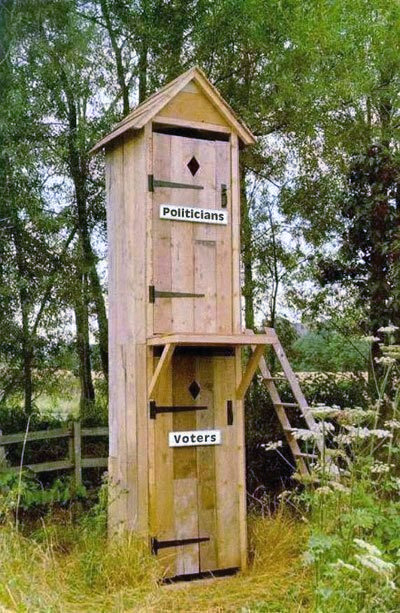I don't know if anyone has noticed, but not one single union was consulted by the consultants who came up with various scenarios of how the Ford Site should be used:


Notice in this study below only business organizations have been consulted. No one asked Ford Workers if they wanted the plant to stay open so they could keep their jobs.
Case Studies
« Becton, Dickison, and Company | Main
Ford Motor Company Assembly Plant
St. Paul, MN
Location: 966 Mississippi River Blvd South
St Paul, MN
Size: 135 Acres
Building class: Heavy Industrial
Colliers Services:
Redevelopment Market Analysis
Consultation
Colliers Project Team: Jefferson Patterson, CRE, MCR, Second Vice President, Director of Corporate Solutions; Rodger Skare, MAI, Senior Vice President, Appraisal & Consultation Services
The Project:
In March 2007, the Port Authority of the City of Saint Paul (Minnesota), the economic development arm of the City, contracted with the Minneapolis office of Colliers Turley Martin Tucker to perform a real estate market and redevelopment analysis of the 135-acre Ford Assembly Plant site. Ford had recently designated the plant for an August 2008 closure and sale in the Highland Park neighborhood of Saint Paul. Colliers’ Consulting and Valuation Group, led by Jeff Patterson and Rodger Skare, was asked to research and advise on numerous aspects of the soon-to-be closed industrial site including: possible redevelopment scenarios, baseline socio-economic profiles, site specific analysis for office, industrial, retail, residential, institutional, corporate campus and mixed-use development concepts. In addition, Colliers was asked to identify realistic, market-based price points for specific real estate products and absorption timelines and capabilities.
The Challenge:
Colliers was asked to interface closely with and respond to numerous, and often conflicting stakeholder groups, including the Ford Land and Development Co., a 25-member Citizens Task Force, a separate 25-member Business Advisory Group, the City Planning and Economic Development Staff, many local neighborhood special interest groups, the City’s lead planning consultant (EDAW), and a private developer panel. Colliers was challenged to bring a sense of market reality to a multi-faceted planning effort designed to formulate 3-5 redevelopment “scenarios” to be further studied in an Alternative Urban Area Review process. To make the project even more interesting, Colliers proceeded with its analysis, with little or no information on the highly suspect, environmental condition of the property.



